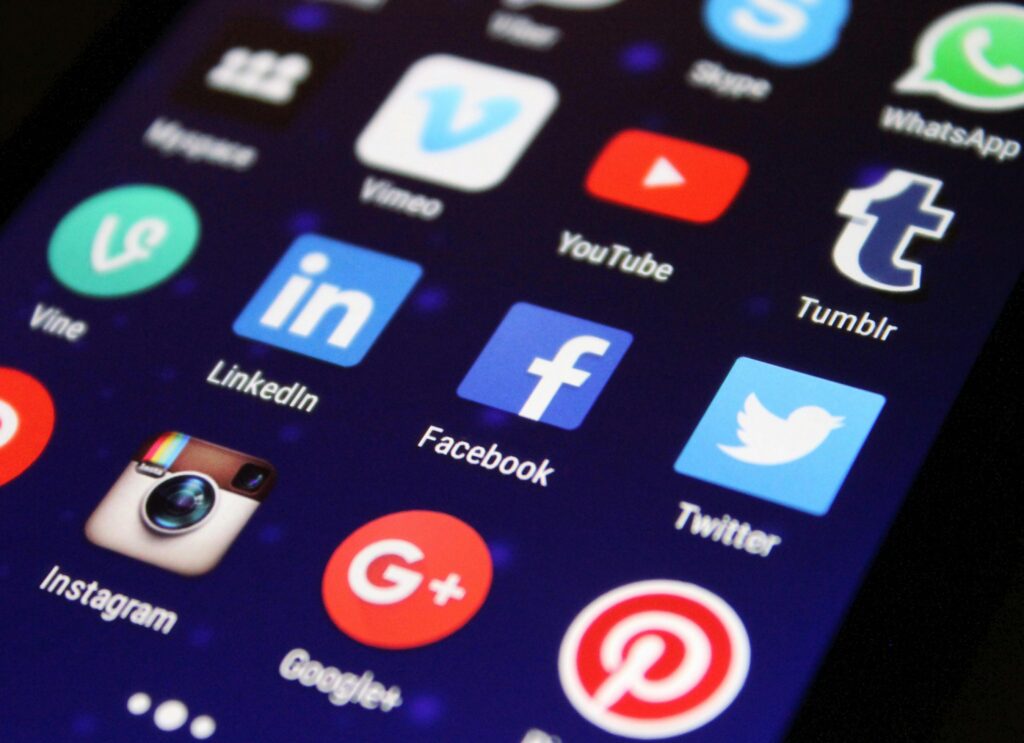In the last decade, social media has become an indispensable part of life for young Indians. Platforms like Instagram, Facebook, and YouTube offer new ways to connect, share, and learn, but they also profoundly influence mental health, cognitive abilities, and social behaviors. Social media’s effects on young Indians are a mixed bag—full of opportunities yet rife with challenges. Let’s explore how these platforms are shaping the minds of the nation’s youth.

The Digital Revolution in India
Thanks to affordable smartphones and internet services, India’s digital landscape has transformed dramatically. The digital habits of young Indians have evolved significantly, with many spending several hours daily scrolling through feeds, watching videos, and engaging with diverse online communities. This digital engagement has far-reaching consequences, both positive and negative.
Social Media and Reduced Attention Spans
One of the most concerning social media effects on young Indians is its impact on attention spans. Bite-sized content, such as Instagram reels and YouTube shorts, caters to instant gratification, training users to process information quickly but superficially.
- Cognitive challenges: The constant barrage of information overstimulates the brain, contributing to mental overload and making it harder for young people to focus on deep learning or problem-solving tasks.
- Multitasking myth: Switching between social media platforms and other activities fragments attention, reducing productivity and creativity.
Dopamine Dependency and Addiction
Social media platforms are designed to be addictive, relying on algorithms that reward users with likes, shares, and comments. These triggers activate the brain’s dopamine system, reinforcing compulsive behavior.
- Addiction cycle: Social media addiction in India is evident as young Indians often find themselves glued to their screens, scrolling endlessly for the next hit of validation.
- Emotional toll: Over time, this dependency can lead to anxiety, stress, and a distorted sense of self-worth, heavily reliant on external approval.
FOMO and Its Emotional Impact
The fear of missing out (FOMO) is a widespread consequence of social media. Seeing peers share curated snapshots of success, travel, or relationships can create feelings of inadequacy.
- Comparison trap: Many young Indians fall into the comparison culture, comparing their lives to the idealized versions portrayed online, leading to low self-esteem and dissatisfaction.
- Mental health risks: FOMO and the pressure to match these standards are closely linked to the mental health effects of social media on Indian youth, contributing to anxiety and depression.
Shaping Identity and Values
Social media’s influence extends beyond individual emotions to collective identity and values. For young Indians, this can mean both opportunities for self-expression and risks of cultural dissonance.
- Cultural shifts: While these platforms expose users to global perspectives, they can sometimes dilute traditional values, fostering identity conflicts. The cultural influence of social media on Indian youth is undeniable.
- Unrealistic ideals: Social media often perpetuates unattainable beauty and success standards, pressuring youth to conform to unrealistic societal expectations.
Educational Opportunities vs. Distractions
While YouTube and social media offer a wealth of educational resources, their benefits are often overshadowed by distractions.
- Positive potential: Channels focused on academics, skill-building, and personal development empower young Indians to learn and grow. The educational potential of YouTube in India has helped many develop skills and expand their knowledge.
- Algorithmic distractions: Unfortunately, many are sidetracked by entertaining but unproductive content, limiting the value of these platforms.
Social Behavior and Communication Skills
Another significant effect of social media on young Indians is its impact on social behavior. While it enables virtual connections, it often comes at the cost of real-world interpersonal skills.
- Superficial interactions: Online relationships can lack the depth and empathy of face-to-face connections, contributing to loneliness.
- Cyberbullying: Anonymity on social media can encourage toxic behaviors like trolling and bullying, exacerbating the mental health effects of social media on Indian youth.
Balancing Social Media Use
The key to mitigating the adverse effects of social media on young Indians lies in adopting mindful practices.
- Digital detox: Limiting screen time and taking breaks from social media can improve mental clarity and well-being.
- Curated content: Following educational and motivational accounts ensures productive engagement with social media and reduces distractions.
- Parental and educational support: Parents and teachers should guide young users toward responsible digital habits, encouraging them to critically analyze the content they consume.
Social media has undoubtedly transformed how young Indians interact, learn, and view the world. However, its effects are a double-edged sword—while it offers platforms for creativity and growth, it also poses risks to mental health and social dynamics. By fostering awareness and promoting healthier digital habits, young Indians can harness the power of social media without falling victim to its pitfalls.
What’s your take on social media’s effects on young Indians? Share your thoughts below!
TriColon Content Studio
